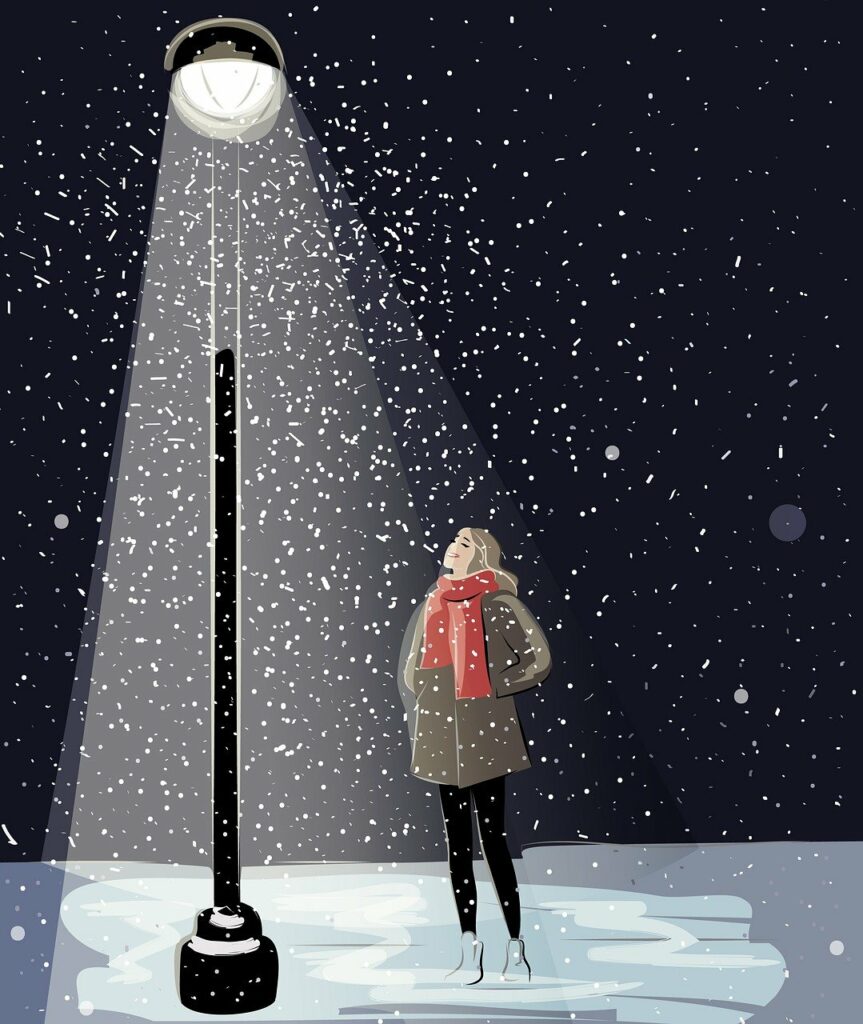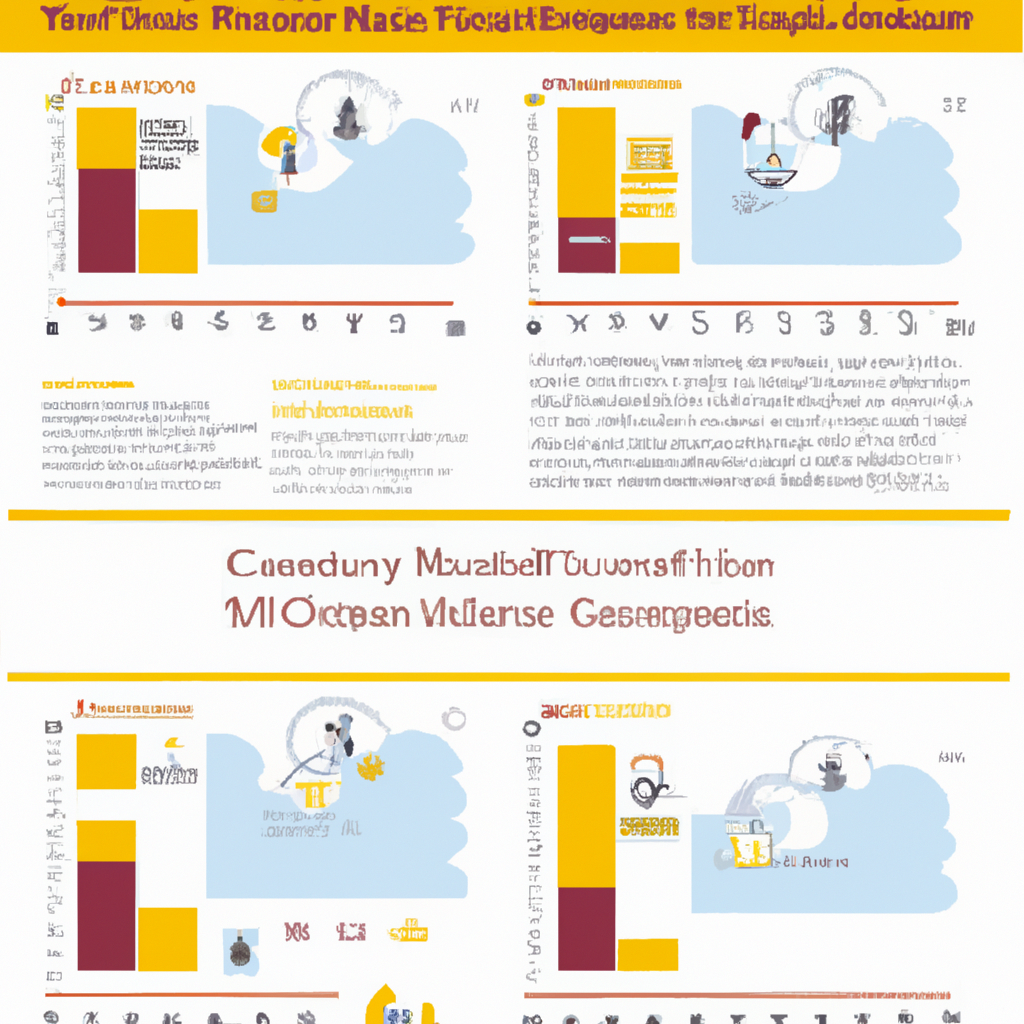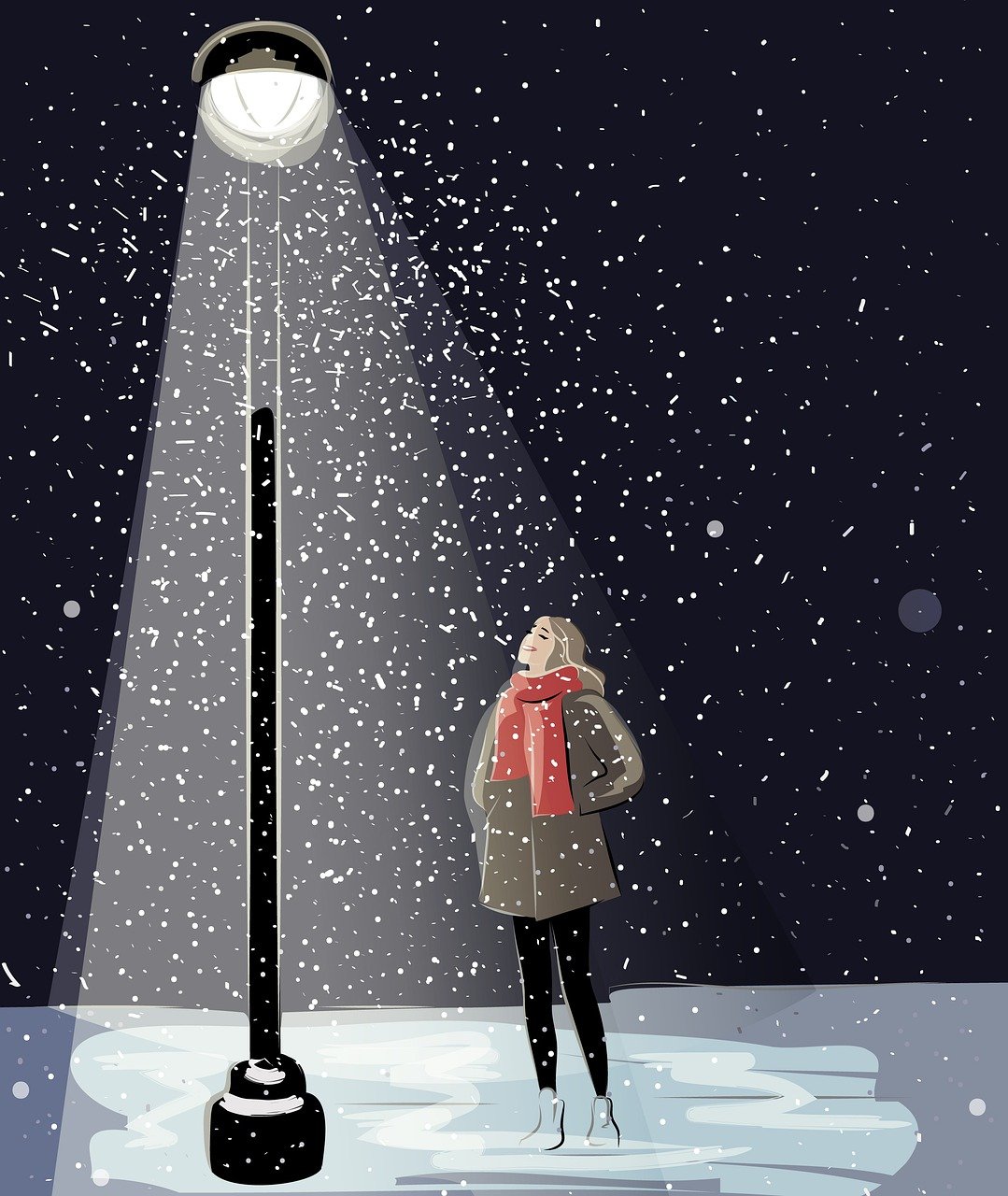Ah, Maryland – a charming state nestled along the eastern coast of the United States. When you think of this picturesque place, perhaps thoughts of seafood feasts and the Chesapeake Bay come to mind. But what about snow? Does it ever grace Maryland with its frosty presence? Surprisingly, yes! While Maryland may not be known for its harsh winters like its northern neighbors, it is not immune to the occasional snowfall. So, bundle up and let’s explore the unique winter wonderland that Maryland can transform into when the snowflakes start to dance from the sky.
Geographical Location of Maryland
Maryland, located in the Mid-Atlantic region of the United States, offers residents and visitors a diverse range of geographical features. It is bordered by Pennsylvania to the north, Virginia to the south, West Virginia to the west, and Delaware and the Atlantic Ocean to the east. Maryland’s unique location within the United States contributes to the variety of climates experienced throughout the state.
Location within the United States
As one of the smaller states in the country, Maryland covers an area of approximately 12,407 square miles. Positioned along the eastern seaboard, Maryland lies within the humid subtropical climate zone. This means that the state experiences hot and humid summers, as well as relatively mild winters compared to more northern regions.
Climate in Maryland
The climate in Maryland is characterized by four distinct seasons, with each season offering its own unique weather patterns. The state’s proximity to the Atlantic Ocean, Chesapeake Bay, and the Appalachian Mountains influences its climate. Maryland typically has hot and humid summers, cool and mild springs and autumns, and moderately cold winters.
Winter Season in Maryland
Duration of Winter Season
The winter season in Maryland typically lasts from December to February, with some variations depending on the area of the state. However, it is not uncommon to experience winter-like conditions extending into March. During this time, residents and visitors can expect chilly temperatures and the possibility of snowfall.
Average Winter Temperatures
Winter temperatures in Maryland can vary across the state. In the western regions, such as Garrett County, temperatures often drop below freezing, with average highs in the mid to upper 30s Fahrenheit. In central Maryland, including Baltimore, average winter highs can range from the mid-40s to low 50s Fahrenheit. The eastern shore tends to have slightly milder winters, with average high temperatures in the upper 40s to low 50s Fahrenheit.
Precipitation Trends
While winter is generally associated with colder temperatures and the potential for snow, precipitation in Maryland during this season is not solely limited to snowfall. Rainfall is still a common form of precipitation during the winter months. However, Maryland does experience a notable increase in the frequency and amount of snowfall compared to other seasons.

Snowfall Patterns in Maryland
Historical Snowfall Records
Maryland has a long history of significant snowfall events. Over the years, various storms have left their mark on the state, creating lasting memories for Marylanders. Some noteworthy snowstorms in recent memory include the Blizzard of 2010, which brought record-breaking snowfall to the region, and the Snowpocalypse of 2016, which paralyzed many parts of the state.
Monthly Averages
Snowfall in Maryland is not evenly distributed throughout the winter months. The peak snowfall period typically occurs in January and February, with December and March usually receiving less snow. Monthly averages vary across the state, with western Maryland experiencing greater snowfall amounts than other regions.
Snowfall Amounts
The amount of snowfall Maryland receives annually can vary based on location. In the western part of the state, particularly in the Allegheny Mountains, snowfall amounts can exceed 100 inches in a typical winter. Central Maryland, including the Baltimore metropolitan area, sees an average annual snowfall of around 20 inches. The eastern shore tends to receive the lowest amounts of snowfall, averaging around 10 inches per year.
Snowstorm Frequency in Maryland
Major Snowstorms
Maryland occasionally experiences major snowstorms that bring significant amounts of snowfall and have a notable impact on daily life. These storms can result in school and business closures, transportation disruptions, and concerns for public safety. While major snowstorms are relatively infrequent, they are remembered for years to come.
Blizzards and Nor’easters
Blizzards and nor’easters, which are powerful winter storms that impact the Mid-Atlantic region, can affect Maryland during the winter season. These storms often bring heavy snowfall, strong winds, and low temperatures. Strong northeasterly winds off the Atlantic Ocean can intensify the severity of these storms, leading to blizzard conditions and significant snow accumulation.

Snowiest Regions in Maryland
Western Maryland
The western region of Maryland, especially the mountainous areas of Garrett County, receives the highest snowfall totals in the state. The Appalachian Mountains influence weather patterns in this area, resulting in more frequent and heavier snowfall. This makes it an ideal destination for winter sports enthusiasts and nature lovers seeking a winter wonderland.
Snowfall in Baltimore and Central Maryland
Baltimore and central Maryland experience a moderate level of snowfall compared to other regions in the state. The city and surrounding areas typically receive enough snow to create picturesque winter scenes, but not to the extent that it disrupts daily life. Snowstorms in these areas are usually accompanied by plowing and salting efforts to ensure safe road conditions.
Eastern Shore Snowfall
The eastern shore of Maryland has a milder winter climate compared to other regions of the state. Snowfall amounts are generally lower in this area, allowing residents and visitors to enjoy the scenic charm of a light dusting of snow without the inconvenience of heavy accumulation. However, occasional snowstorms can still impact the eastern shore, leading to temporary changes in daily activities.
Effect of Climate Change on Snowfall
Climate Change and Winter Weather
Climate change is a global phenomenon that has the potential to influence weather patterns, including winter conditions. While it is important to note that weather and climate are distinct, some scientific studies suggest that climate change can affect the intensity and frequency of winter storms and snowfall in certain regions.
Impact on Maryland’s Snowfall
The impact of climate change on Maryland’s snowfall patterns remains uncertain. While some studies suggest that climate change could lead to more frequent and intense winter storms, others suggest that it may result in less overall snowfall. Maryland’s location and unique geographical features make it difficult to predict the specific impacts of climate change on snowfall in the state. However, it is crucial to continue studying and understanding these potential changes to better prepare for the future.

Winter Recreational Activities in Maryland
Skiing and Snowboarding
Maryland offers several ski resorts, particularly in western Maryland, where winter enthusiasts can enjoy skiing and snowboarding. These resorts provide a range of slopes suitable for different skill levels, making them accessible to beginners and experienced winter sports enthusiasts alike. Skiing and snowboarding in Maryland provide a fun and exhilarating way to embrace the winter season.
Snow Tubing and Sledding
For those who prefer a less challenging winter activity, snow tubing and sledding are popular choices. Maryland’s parks and recreational areas often provide designated tubing and sledding hills, complete with groomed slopes and safety measures. These activities are perfect for individuals and families looking to have a thrilling time in the snow without the need for specialized equipment or training.
Ice Skating and Ice Fishing
When temperatures drop and bodies of water freeze over, ice skating and ice fishing become popular pastimes in Maryland. Numerous outdoor ice rinks offer opportunities for ice skating enthusiasts to glide across the frozen surfaces in a festive atmosphere. Additionally, ice fishing enthusiasts can take advantage of the frozen lakes and ponds to pursue their hobby and enjoy the tranquility of winter fishing.
Preparation and Safety Tips for Snowstorms
Winter Storm Preparedness
Preparing for snowstorms is crucial in Maryland, as winter weather can bring unexpected challenges. It is important to have a well-stocked emergency kit, including items such as non-perishable food, water, blankets, flashlights, and batteries. Staying informed about weather updates and having a plan in place for potential power outages or travel delays is also essential.
Driving in Snowy Conditions
When snowstorms hit, it is important to adjust driving habits to ensure safety on the roads. This includes slowing down, maintaining a safe distance from other vehicles, and avoiding unnecessary travel during dangerous conditions. Clearing snow and ice from vehicle windows, headlights, and taillights before driving is essential for visibility. Additionally, using winter tires or placing tire chains on vehicles can provide better traction on snow-covered roads.
Home Safety Measures
Snowstorms can sometimes lead to power outages and disruptions to daily life. To prepare for these situations, it is recommended to have alternative heating sources, such as a generator or fireplace, available. Adequate insulation and sealing can help maintain indoor temperatures and conserve heat. It is important to check smoke and carbon monoxide detectors to ensure they are functioning properly before the winter season begins.

Snow Removal and Road Maintenance
Snow Removal Procedures
Maryland has established snow removal procedures to ensure safe road conditions during winter storms. State and local governments prioritize clearing major routes, such as highways and primary roads, first. Residential and secondary roads are typically addressed once the main thoroughfares are passable. Snowplows and salt trucks are deployed to clear snow and treat roads with salt to melt ice, ensuring safer driving conditions.
Road Salt and Anti-Icing Treatments
Road salt is commonly used to melt ice and snow on road surfaces in Maryland. This practice helps improve traction and reduces the risk of accidents caused by slippery conditions. Additionally, anti-icing treatments, which involve applying de-icing agents to roads before a storm, can help prevent ice from forming and ease snow removal efforts.
Snow Plow and Snow Blower Usage
Snowplows and snow blowers play a crucial role in facilitating snow removal in Maryland. Snowplows equipped with a plow blade are used to clear snow from roadways, while snow blowers help eliminate snow accumulation in areas where plows cannot fully reach, such as sidewalks and narrow streets. The coordinated efforts of snowplow operators and road maintenance crews enable residents and visitors to safely navigate the roads during winter storms.
Conclusion
Maryland, with its diverse geographical features and varying climate patterns, offers a winter experience that appeals to a wide range of preferences. From the snow-capped mountains of western Maryland to the milder winter conditions along the eastern shore, the state’s winter season provides opportunities for both outdoor activities and cozy indoor gatherings. Whether enjoying winter sports, preparing for snowstorms, or simply appreciating the beauty of a snowy landscape, Maryland has something for everyone to embrace and enjoy during the winter months.


